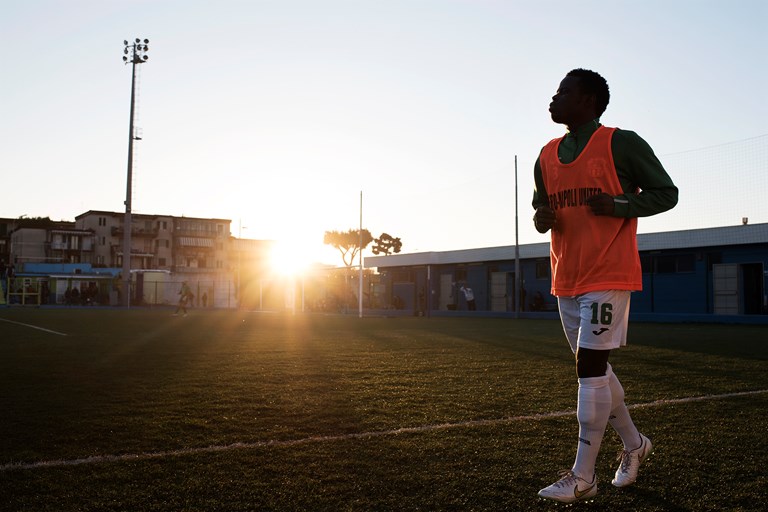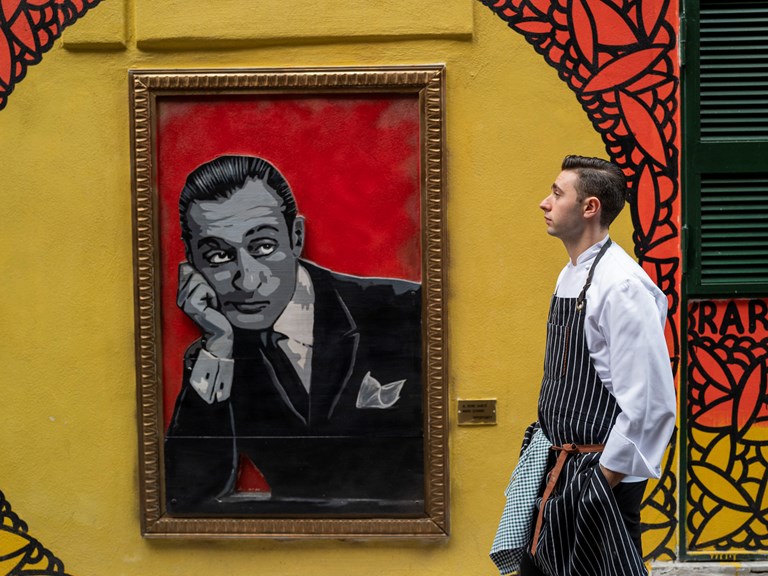TWO NEAPOLITAN STORIES FOR BLACK HISTORY MONTH
10.02.2022 NAPLES & AROUND
Italy has long been a land of emigrants – to the United States, Australia, Argentina and elsewhere – and it was only as late as 1974 that the balance tipped towards net positive immigration. The country is still getting used to the change, which has created social tensions that, in Naples as in many other places, have become exploited by political groupings.
Naples, however, has resilience. It’s a historic port city and cultural crossroads, one that has absorbed cultures and ethnicities for many centuries. In our latest post, which coincides with Black History Month, we dive into two inspiring stories about black lives in Naples that are still relatively little-known abroad.
Napoli United – integration is the goal
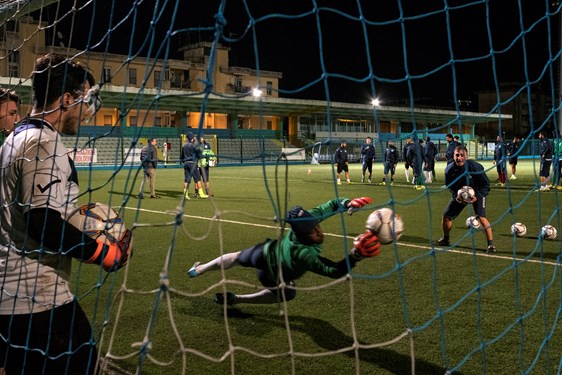
View
The early years of the 21st century saw a sudden influx into Naples, as elsewhere in Italy, of African asylum seekers who had made the dangerous sea crossing from Libya and Tunisia. Integration has not always been easy. But at the same time, plenty of Neapolitans, black and white, are working to combat anti-immigrant feeling and to help the most recent arrivals become part of the greater urban community and access educational and other resources.
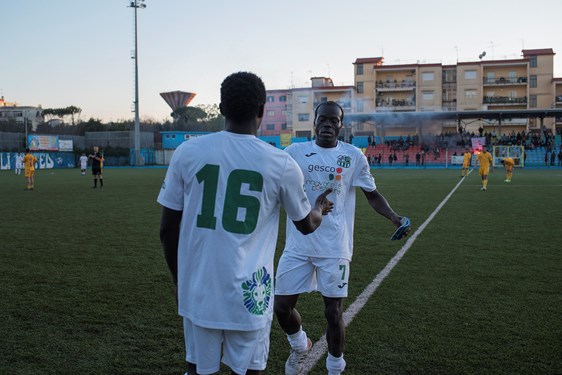
View
Among them are the founders of Napoli United, a soccer team that began life as ‘Afro-Napoli United’ in 2009 with the explicit aim of promoting social integration through sport, working with migrants, asylum seekers and kids from difficult backgrounds in the Naples metropolitan area. Founded by trainer Antonio Gargiulo and two Senegalese immigrants, Sow Hamath and Watt Samba Babaly, the team won promotion to the Campania region’s top amateur league, Eccellenza, in 2018. Alongside Neapolitans born and bred, players from Senegal, the Ivory Coast, Capo Verde, Niger, Gambia, Tunisia, Paraguay, Brazil, Argentina, Ghana and several other countries have played in Napoli United’s main team or its various youth and women’s sides. The club also runs a soccer academy called ‘Pride of Lions’.
In a 2018 interview, club president Antonio Gargiullo stated that “we are political – because everything is political ... Our success shows how integration works, that [migrants] are not a drain on society but a source of strength”.
James Senese – black, Neapolitan & proud
One day in 1944, Edoardo Nicolardi, the administrative director of Naples’ Loreto Mare hospital, was called to the maternity ward by a shocked nurse. A young, unmarried Neapolitan woman had just given birth – and the baby was black. Nicolardi, who in his youth had composed the lyrics for several famous Neapolitan songs, was inspired by the episode to take up his pen again – and the result was Tammurriata nera, a song that soon entered the repertoire thanks to a version recorded by singer and guitarist Roberto Murolo.
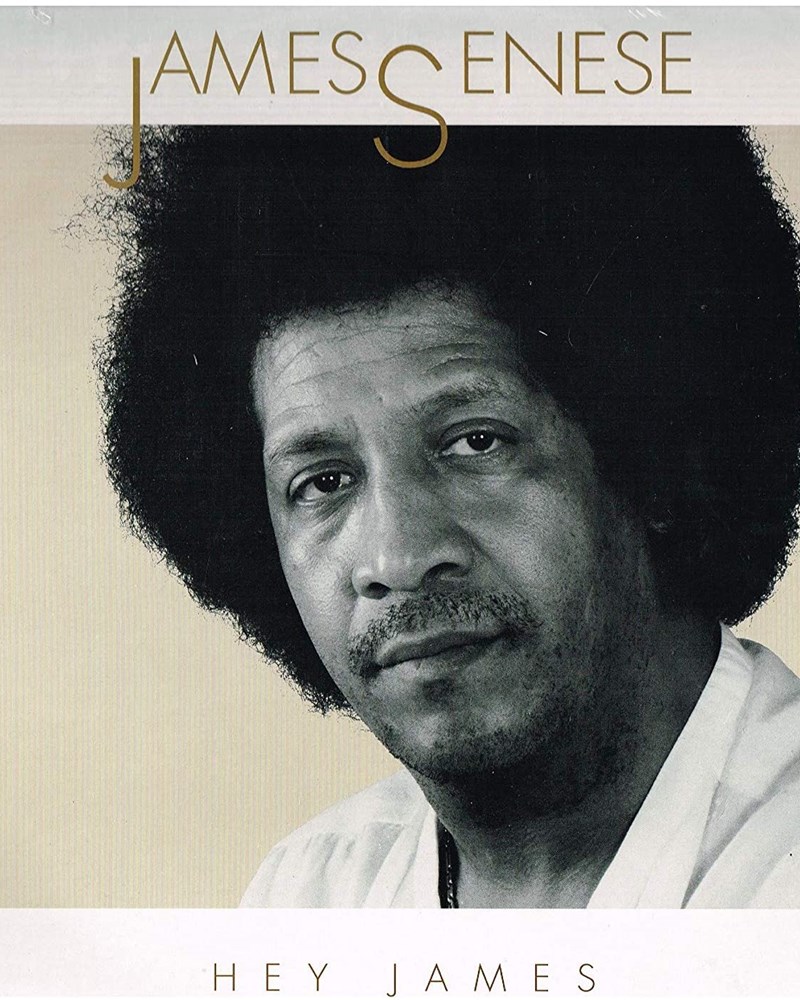
The song was written as an ironic dialogue between a chorus of credulous neighbourhood women and the singer himself – a wordly guy who, like his listeners, knew a thing or two about life and biology. “È nato nu criaturo niro, niro, e 'a mamma 'o chiamma Ciro” say the impressionable women: “A baby boy has been born – black, black – and his mum calls him Ciro”. “Call him Ciccio or Antonio, Peppe or Ciro”, replies the sceptical narrator, reeling off a list of popular Neapolitan boys’ names, “the fact is that he’s black as black”. “Sometimes just a look is enough to leave an ‘impression’ on a girl”, the women persist. “Sure – a look!”, the singer rebuts, “an impression – sure! Go and find the man who shot on target, and you’ll see that he’s black as black”.
A few months after Tammurriata nera was written, on 6 January 1945, a Neapolitan woman, Anna Senese, gave birth to a boy she christened Gaetano. The father was a black soldier called James Smith who had arrived in Naples with the US army. He soon returned to the States, leaving behind a few jazz records and an ID card containing the only photo his son ever had of his biological father – a man that he would never meet.
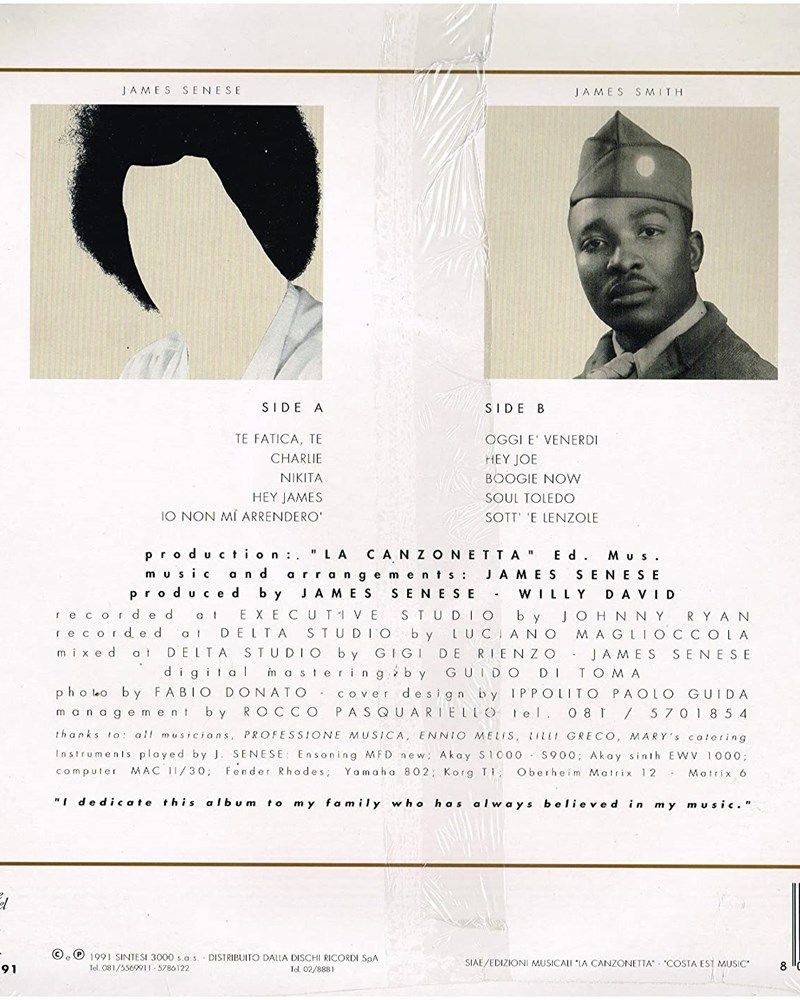
Gaetano grew up in the tough suburb of Miano in the Neapolitan hinterland, where he learnt to deal with occasional racist taunts thanks to the love and support of his maternal family, friends and neighbours. A talented saxophonist, he adopted his father’s first name when he began to play gigs aged 16, and as James Senese went on to co-found Naples’ best-known jazz combo, Napoli Centrale, in 1974. Today, at the age of 77, he’s still touring and has recorded over twenty solo and band albums. In 2010, Senese featured in John Turturro’s Neapolitan music documentary Passione, performing the traditional ballad that gave the film its name.
Interviewed by the Italian daily newspaper La Repubblica in 2016, Senese warned against the affection with which some older Neapolitans still regard the song Tammurriata nera. “It’s plainly racist”, he said. “Don’t let the music distract you – listen to the words”.
Napoli United photos © Anna Monaco
Le Sirenuse Newsletter
Stay up to date
Sign up to our newsletter for regular updates on Amalfi Coast stories, events, recipes and glorious sunsets
